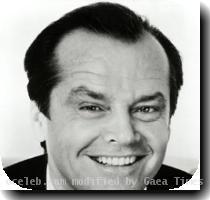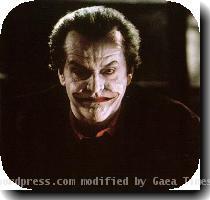It’s on! New York-Philly throwdown doubleheader at center of rare sports convergence
By Jim Litke, APMonday, October 26, 2009
Cheesecake vs. cheesesteak; Miss Liberty vs. Rocky
The notion that you can’t have too much of a good thing is about to get a major test.
Come Sunday, for only the second time ever, all four of North America’s major pro sports leagues — football, baseball, basketball and hockey — will be playing games that count on the same day, some two dozen in all.
There are a dozen NFL games — including Brett Favre’s much-hyped return to Green Bay in a Minnesota Vikings uniform. Add to that four games in the NHL and seven in the NBA, plus the World Series. And if that isn’t enough, the New York City Marathon toes the start line at 9 a.m.
The only drawback to all that channel-changing is that a football-in-the-afternoon, baseball-at-night doubleheader between big, bad New York and gritty little Philadelphia for bragging rights to the northeast corridor could get lost in the shuffle.
Pro sports have converged like this once before: when 9/11 delayed the end of the regular season and the 2001 World Series, and Game 7 between New York and Arizona was pushed back to Sunday, Nov. 4.
To most of the nation, this year’s World Series sounds like a lot of work just to find out where New Jersey’s loyalty really lies.
“It’s split,” college student Erik Swenson told the local newspaper while sitting in a Galloway Township, N.J., bar Sunday night. “Everybody’s talking (trash) to everybody.”
The Yankees and Phillies have never been real rivals. New York has a record 26 World Series titles and the Statue of Liberty; Philadelphia has two and a statue of “Rocky” (OK, there’s the Liberty Bell). And any honest Eagles fan will own up to hating the Dallas Cowboys much more than the Giants.
But fans of the four teams will be separated by several parking lots and only a few hours Sunday on Philly’s south side. A regular-season contest between the NFL’s Giants and Eagles kicks off at 1 p.m., followed by Game 4 of the Series between baseball’s perennial bullies and its upstart defending champions.
On paper, the Yankees and Phillies are evenly matched. Both have powerful offenses built to take advantage of bandbox-sized ballparks. The Yankees scored the most runs in baseball; the Phillies led the National League. They were 1-2 in home runs, and both feature star-studded starting pitching rotations. It’s only when you step outside the white lines that it begins to look like a mismatch.
When the camera pans the stands at the new Yankee Stadium, you can be forgiven for thinking you’ve stumbled upon a rerun of “Entertainment Tonight.”
Is that Donald Trump hiding his coif underneath a Yankees cap? Isn’t Jack Nicholson a Lakers fan? Doesn’t Spike Lee have a movie to make? And the blonde bounding out of her seat with every pitch that’s thrown at her paramour, Alex Rodriguez? Yes, it’s Kate Hudson.
Contrast that wattage with the scene at Citizens Bank Park some 100 miles to the south. Oops, you can’t.
The closest thing to a regular celebrity appearance there is daytime TV star and South Jersey girl Kelly Ripa turning up on the giant video screen to cheer the Phils on, with co-host Regis Philbin in tow. Maybe Bill Cosby and Jon Bon Jovi just figured it was too risky an investment to lend their star power to a franchise that became the first in sports — and so far only — to lose 10,000 games, a low-water mark the Phillies set more than two years ago.
But just so you know: The traffic doesn’t flow in just one direction.
The late dean of sports writers, Jim Murray, cracked famously years ago that “when a plane lands in Philadelphia, everyone gets on; no one gets off.” Balancing that, however, is this little nugget the Philadelphia controller’s office gleaned from recent census and Internal Revenue Service information: At least 1,000 New Yorkers annually have moved to Philadelphia since 2002 and stayed.
The migration is likely fueled by the difference in real estate prices, which can be as much as five times more in New York City. And if nothing else, it’s a novel explanation for how almost 9 million people wound up living in New Jersey.
Tags: Celebrity, Jack Nicholson, Kelly Ripa, Nba, New Jersey, New York, New York City, Nfl, North America, Professional Baseball, Professional Football, United States, World series

